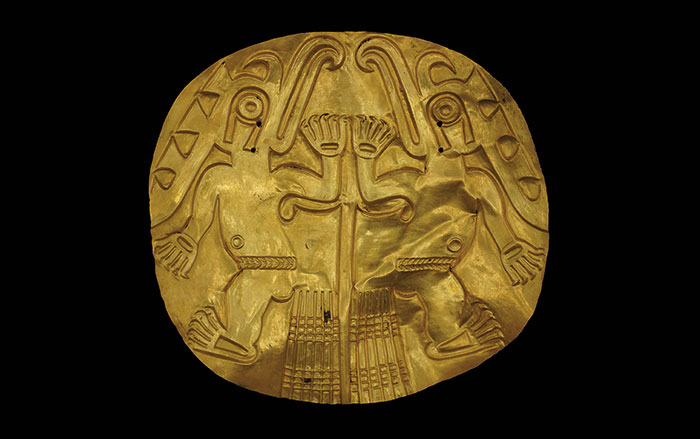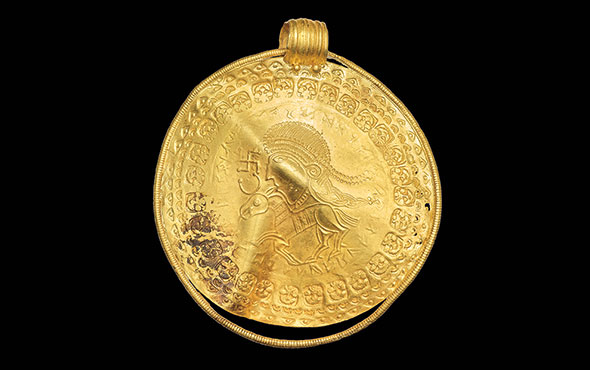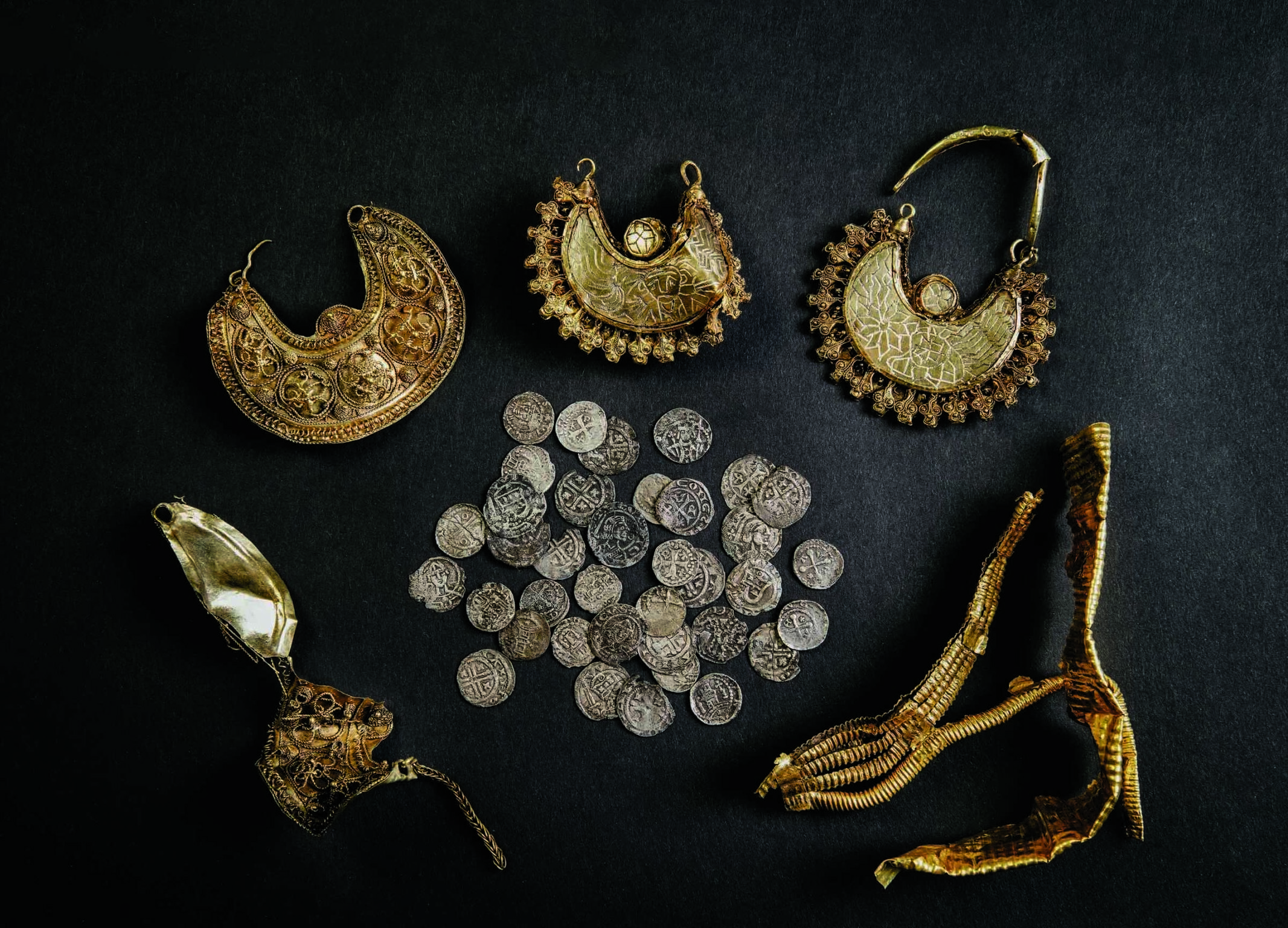
STATE COLLEGE, PENNSYLVANIA—Science News reports that divers have recovered an intact stone box containing a llama or alpaca figurine and a gold artifact at K’akaya reef, which is located near the eastern shore of Lake Titicaca. The lake, which is situated in the Andes Mountains between Bolivia and Peru, measures more than 115 miles long and 50 miles wide, and reaches a maximum depth of more than 900 feet. The animal figurine in the box was carved from a spiny oyster shell that may have been imported from the coast of Ecuador, while the piece of gold foil rolled into a cylinder measures about an inch long. Similar objects have been recovered some 18 miles to the south at the lake’s Khoa reef and the Island of the Sun, where the Inca built a ceremonial center. José Capriles of Penn State suggests that the entire lake may have served as a pilgrimage center for the Inca, and as a place where they could form alliances with local groups. Capriles and his colleague Christophe Delaere of the University of Oxford added that the meaning of such ritual objects to the Inca is unclear, but similar stone boxes holding figurines and gold artifacts have also been found in the Andes at sites associated with Inca child sacrifice. For more on the objects that have been found around the Island of the Sun, go to "World Roundup: Bolivia."










